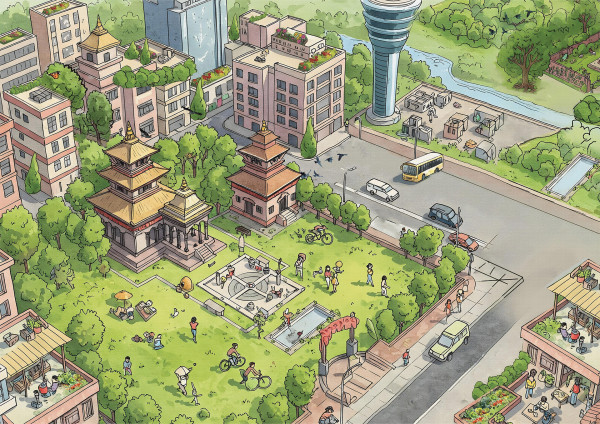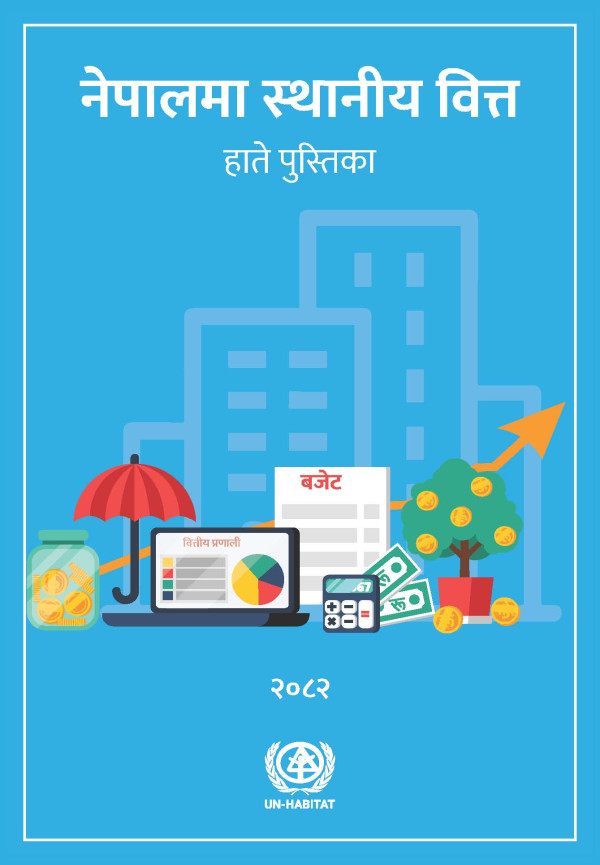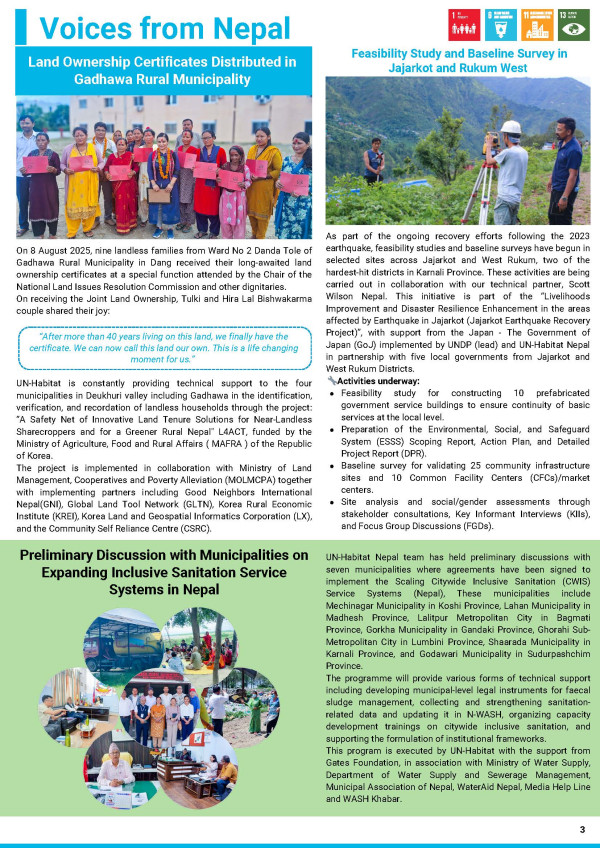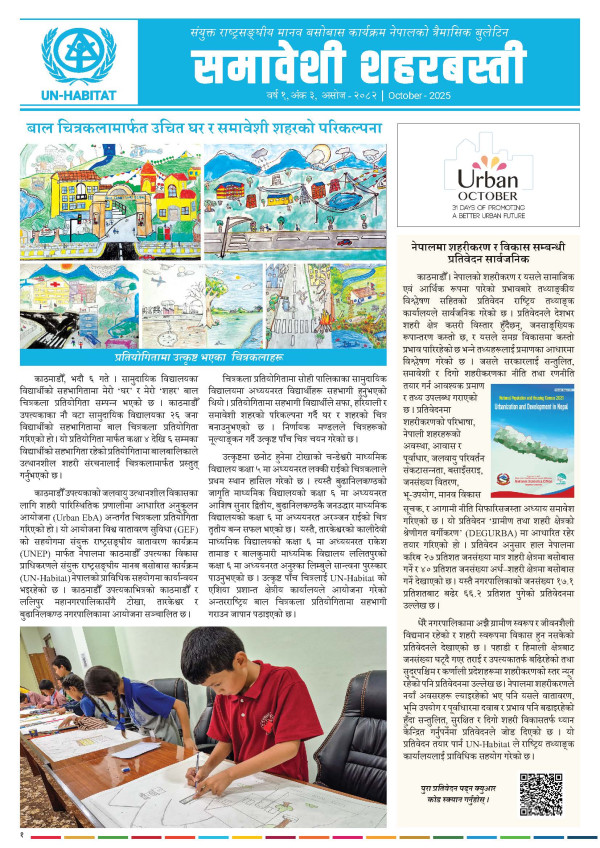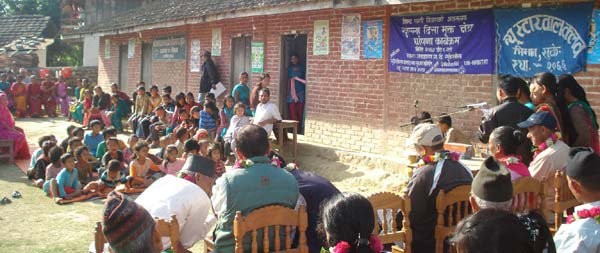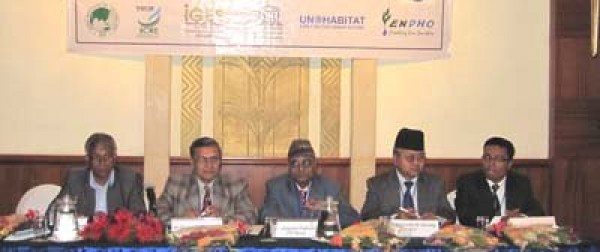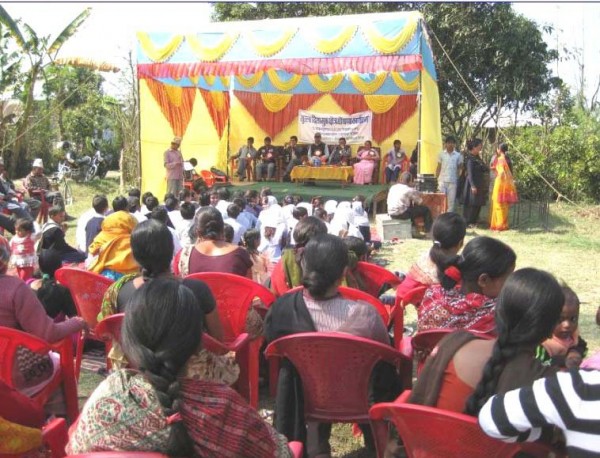Nala witnesses Sanitation Bazaar
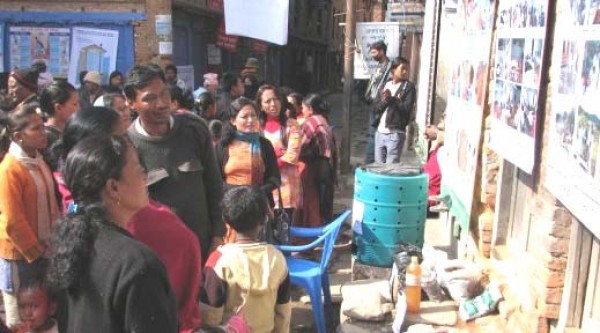
Nala 31 December: As part of the Household Centered Environmental Sanitation Planning (HCES) in Nala, a sanitation bazaar was held at the heart of this old Newari settlement on 28th November 2009 amidst huge local participation. Nala is a peri urban settlement located in Kavre district close to Banepa Municipality. The main objective of the bazaar, according to Mr. Mingma Gyalzen Sherpa, is to disseminate knowledge on different sanitation systems so that locals or households can take informed decisions while selecting sanitation systems for their household and community. Mr. Sherpa is a PhD researcher at AIT/EAWAG who is technically backstopping the HCES project. Currently,the inhabitants of Nala are preparing a HCES plan for their settlement under the technical and financial support of UN-HABITAT and the Swiss Federal Institute of Aquatic Sciences (EAWAG)/SANDEC. The Center for Integrated Urban Development (CIUD) is the local implementing partner. “As part of the planning process the people in Nala are at the stage of selecting potential sanitation options appropriate for their households and the community”, informed Mr. Sherpa. The HCES plan will be covering four wards of Nala Village Development Committee with a total of 388 households. HCES is a novel planning approach which places households, communities and neighborhood at the centre of the planning process, adopting participatory processes from planning to implementation. It encompasses an integrated approach where safe water supply, sanitation and hygiene are addressed simultaneously. The centre to the HCES planning approach is the 10 step planning process. The key steps include assessment of user priorities, identification of technological and feasible service combination options and formulation of a consolidated urban sanitation service plan in collaboration with the local stakeholders.The day long bazaar was witnessed by over 1000 people, says Mr. Shyam Sundar Shrestha, Chairperson of the Nala Integrated Development Committee. Several sanitation options such as Urine Diversion Systems, Double Pit Latrines, Septic Tanks, Decentralized systems such as Biogas, Constructed Wetlands, urine reuse option through Struvite (Phosphorous abstraction) and water disinfection options such as SODIS, Piyush, Biosand filters were demonstrated in the bazaar. In addition to the these options traditional sanitation practices such as the practice of making organic compost “sagaa”, source separation practices using “copra” and innovative approaches like recycled handmade plastic products, tissue culture techniques were put up by the local women and youth groups. According to Mr. Prabhat Kiran Ranjit, the coordinator of the event from CIUD says, the overwhelming participation in Nala was triggered by the community clean up campaign organized early in the morning and most importantly by people’s quest for knowledge. “We will adopt this approach in our other HCES projects as well since it is an interactive way of informing the public”, added Mr. Christoph Luthi from EAWAG who is also overseeing other HCES cases globally. The HCES plan in Nala is expected to be finalized by end of January 2010 following which implementation will begin.


